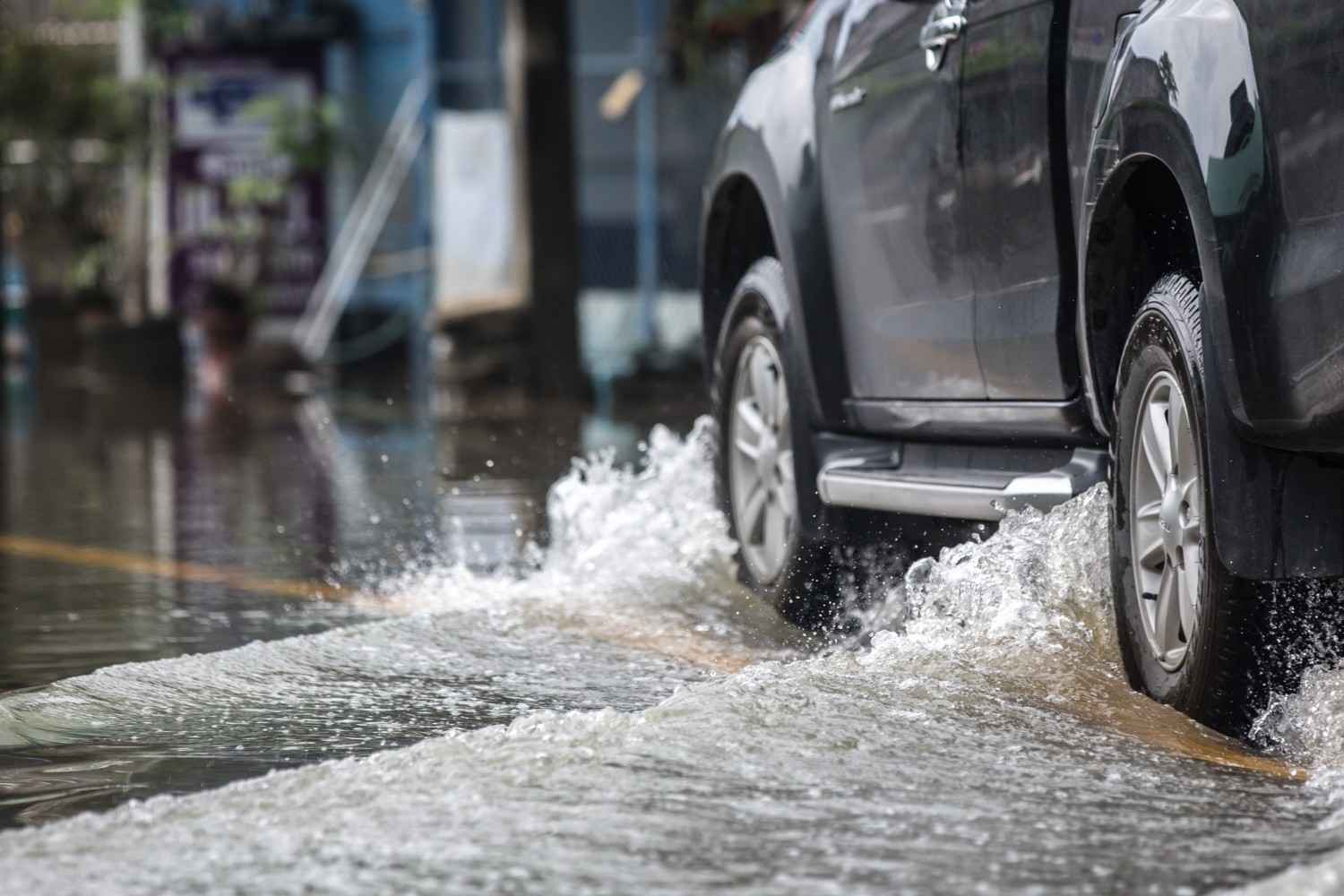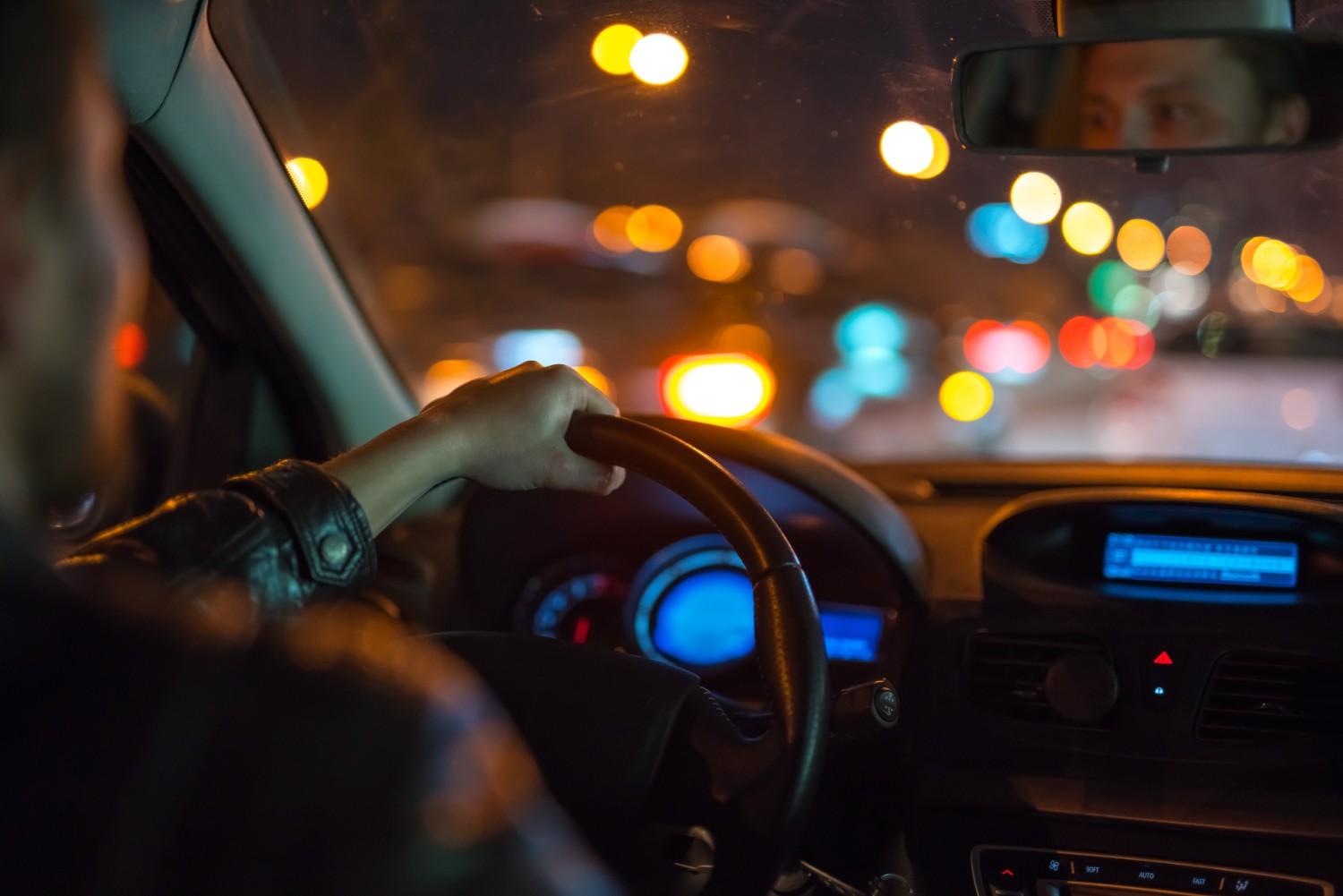I Swear My Coffee Went Flying: My First Hydroplaning Horror
A few years ago, I was cruising to a site visit with a pumpkin spice latte in the cup holder and Fleetwood Mac blasting. It had just started raining, and I barely noticed the water pooling on the highway. One second I was nodding to “Dreams,” and the next, I felt like I was ice skating in a 3,000-pound metal box. No control.
No grip. No warning. Just sheer panic. That’s when I learned the hard way what to do when hydroplaning — and more importantly, what not to do. So today, I’m spilling the tea (well, coffee) and giving you the real-deal advice you wish you had before your tires decided to go surfing.
What Is the Best Way to Stop Hydroplaning?
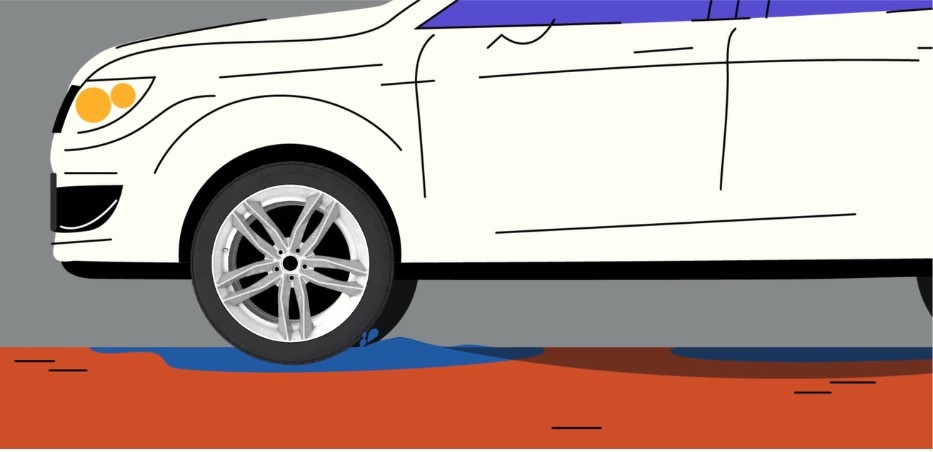
Image source- Nationwide
First thing’s first — once your car starts hydroplaning, you can’t stop it instantly. But you can take quick action to minimize risk and regain control.
The best way to stop hydroplaning is to ease off the accelerator gently and steer steadily in the direction you want the car to go. Forget braking hard or jerking the wheel — that’ll make things worse. Your tires need a second to reconnect with the road, and sudden movements confuse them.
Also, don’t use cruise control in wet conditions. When it’s engaged, your car keeps applying throttle even when traction drops. You want full control when conditions go sideways — literally.
Which Way to Turn When Hydroplaning?
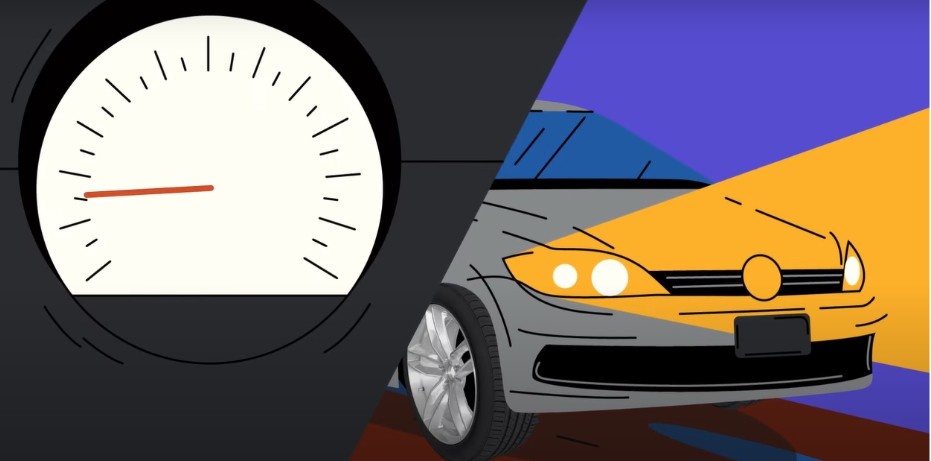
This question trips up a lot of folks. The old-school advice was to “steer into the skid,” but let’s make it less confusing. If your rear end starts sliding left, turn the wheel gently to the left. If the back slides right, steer lightly to the right.
Basically, follow the direction your vehicle is already going — this helps your tires realign with your momentum instead of fighting it.
And no, we’re not talking about whipping the wheel around. It’s a soft correction, like you’re trying to nudge a sleeping cat off your keyboard — smooth and subtle wins the game.
Why Does My Car Hydroplane So Easily?
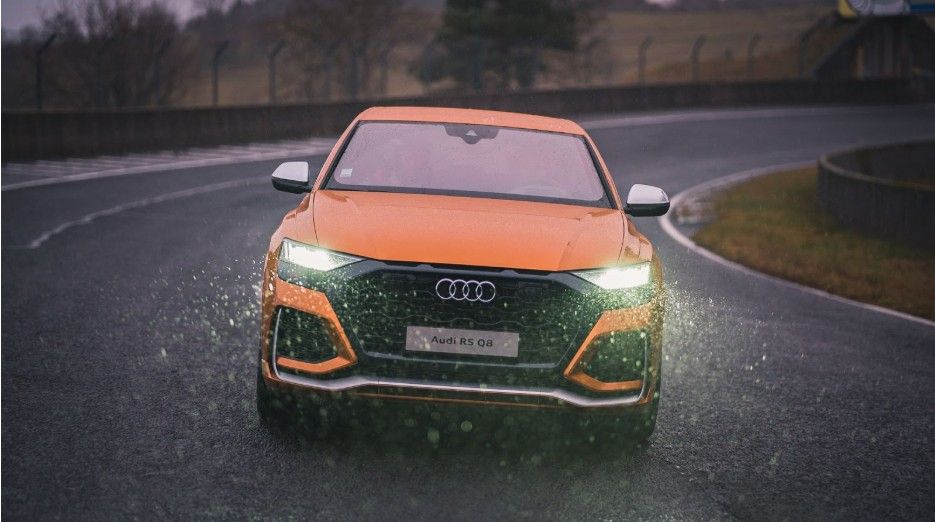
Oh, honey, if your car feels like it hydroplanes every time someone sneezes near a puddle, it’s not your imagination, and you’re not cursed. There are usually three main culprits:
1. Worn-out tires – If your tread depth is low (under 2/32 of an inch), your tires can’t channel water properly. They’re basically bald at that point and act more like slip-n-slides than safety gear.
2. Overinflated or underinflated tires – Poor pressure means poor contact with the road. Check it monthly, especially with wild temperature swings.
3. Lightweight vehicles or performance tires – Sporty sedans and coupes often ride low with stiff suspension and wide tires, which don’t perform great in standing water.
Want to know for sure? Grab a penny, stick Lincoln’s head into the tread. If you can see the top of his noggin, it’s time to retire those tires.
What Should You Do to Regain Traction if You Begin to Hydroplane?
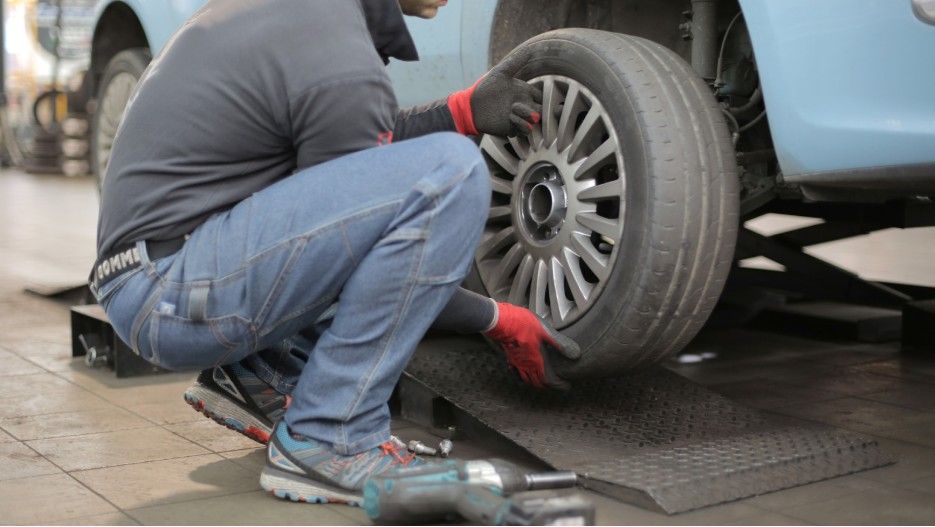
Image source- Nationwide
So, you feel your car float. There’s a weird silence-no road noise, no tire feedback—and you know you’ve lost traction. Don’t panic. (Easier said than done, I know.)
Here’s what you should do:
Gently lift your foot off the gas. Don’t touch the brakes unless you have to — and if you do, do it lightly and only if your car has ABS. Keep your hands calm on the wheel and steer in the direction the car is moving until you feel the tires grip again.
That moment when traction returns? It’s subtle. You’ll feel the tires bite back into the pavement — like they suddenly remembered their job. Once that happens, resume steering normally and ease back on the throttle.
How to Make the Most of What to Do When Hydroplaning
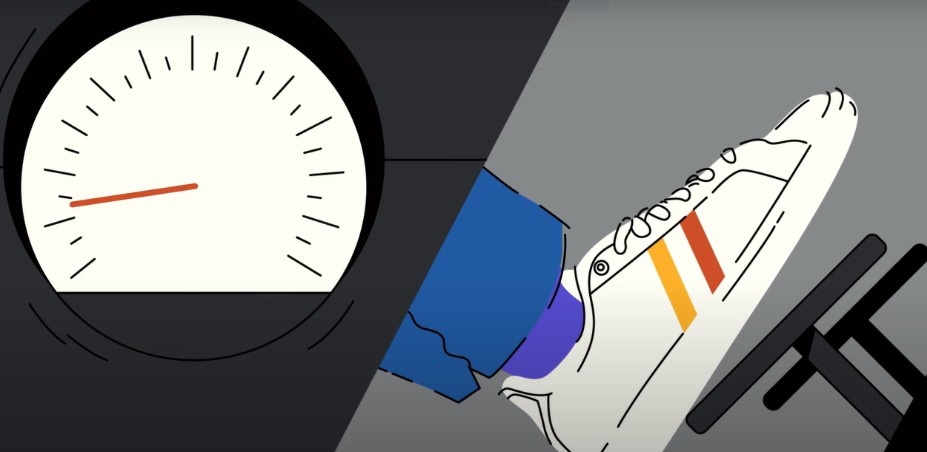
Image source- Nationwide
Look, knowing what to do when hydroplaning is only half the story. You can also set yourself up for success before those raindrops hit.
Keep your tires in check. Rotate them every 5,000 miles, monitor tread depth, and check pressure monthly. Think of it like brushing your teeth — boring but necessary.
Slow the heck down when it’s wet. Hydroplaning becomes more likely around 35–55 mph. Just taking it down a notch gives your tires more time to displace water and hang onto the road.
Know your lanes. Middle lanes are usually less prone to flooding than outer ones. And don’t play chicken with puddles — they may be deeper than they look.
Avoid sharp turns or sudden braking in rain. Anticipate your stops and steer gently. Driving in the tracks of the car ahead can also help your tires maintain grip — they already cleared some of the water for you.
FAQs About What to Do When Hydroplaning
1. Can I hydroplane even if it’s just lightly raining?
Yes! Light rain is often more dangerous because it mixes with oil and debris, creating a slick mess. The first 10–15 minutes of a rainstorm are prime hydroplaning territory. Stay alert and slow down early.
2. Does all-wheel drive prevent hydroplaning?
Nope, not really. AWD helps with traction when accelerating, but it won’t stop you from hydroplaning if your tires lose contact with the road. Good tires and smart driving matter more than the drivetrain.
3. What’s the best tire type for rain?
Look for tires labeled “all-season” or “rain performance” with deep grooves and high silica content. Brands like Michelin, Bridgestone, and Continental offer models that perform exceptionally well in wet conditions.
4. Should I pull over after hydroplaning?
If you’re shaken, yes. Pull off at the next safe spot and take a breath. Even if your car’s fine, your nerves might not be. It’s okay to regroup — I did after my coffee-spill moment.
Skid Happens — Here’s the Final Scoop Before You Jump In
Hydroplaning is terrifying, no doubt. But with the right know-how (and maybe a little sass from yours truly), you can handle it like a pro. It all comes down to being proactive — good tires, safe speeds, and knowing what to do when hydroplaning can make the difference between a close call and a call to your insurance company.
So next time the clouds roll in and the road gets shiny, think of me — and maybe ease off the gas just a smidge. You’ll thank yourself later (and maybe keep your latte intact).
Stay safe out there,
Sarah 💬
Tech-savvy. Road-wary. Coffee-splashed.

